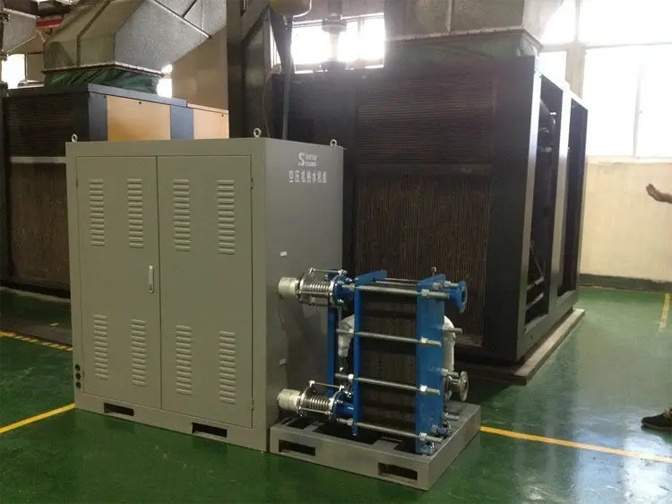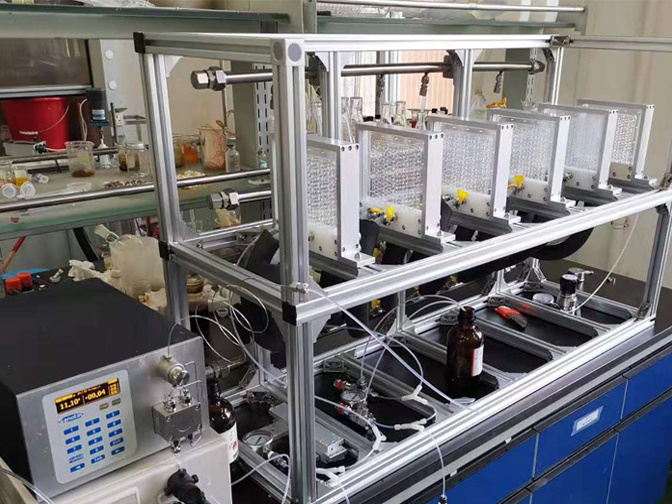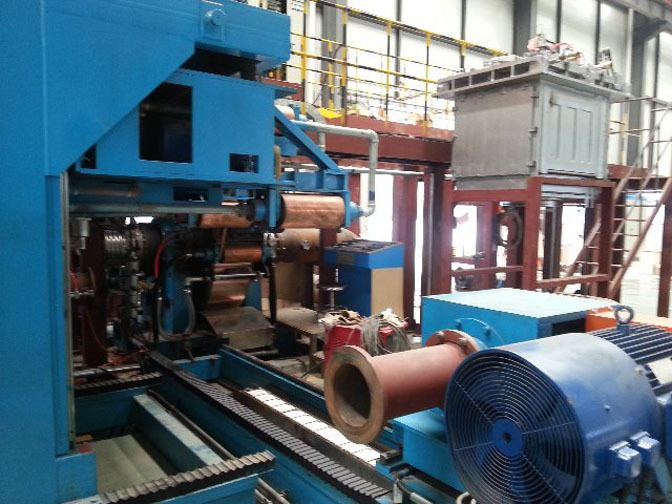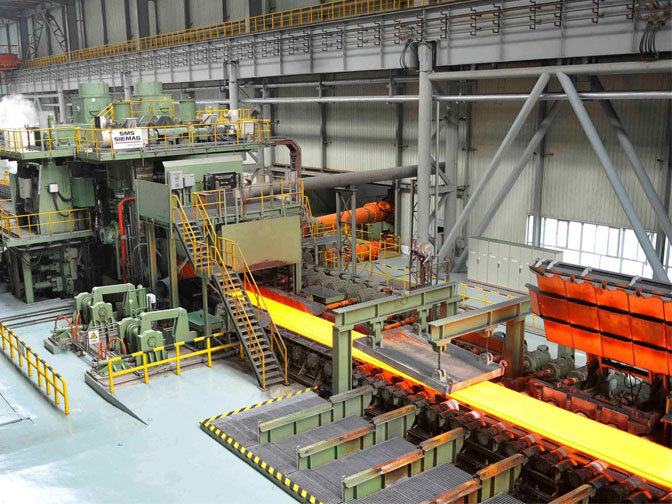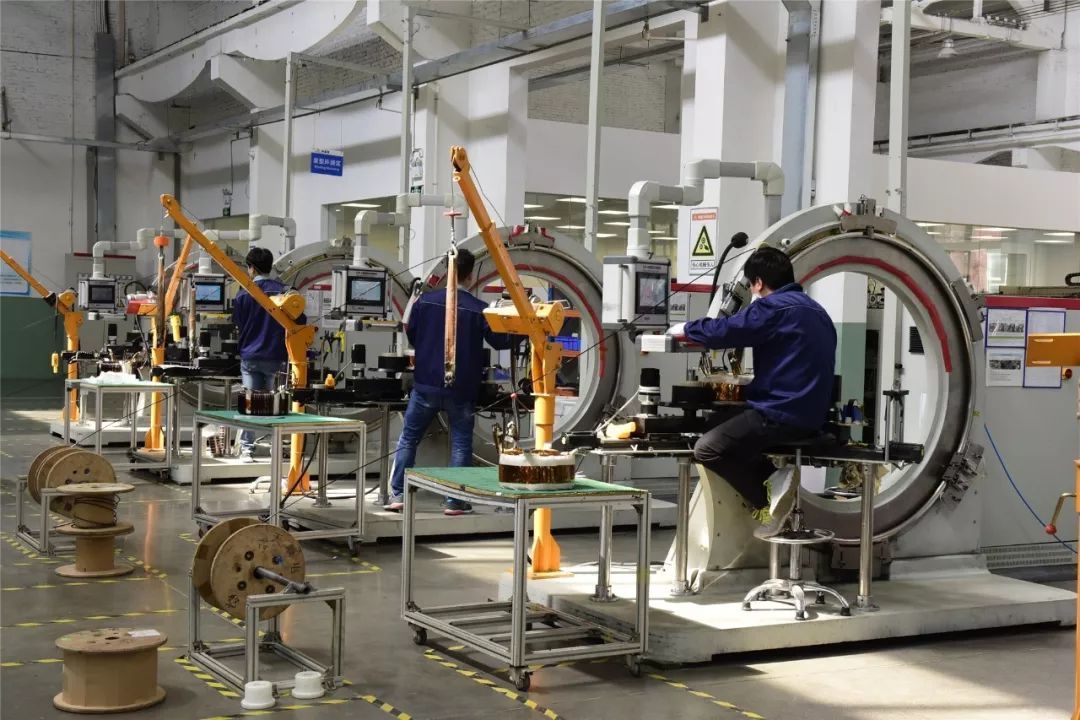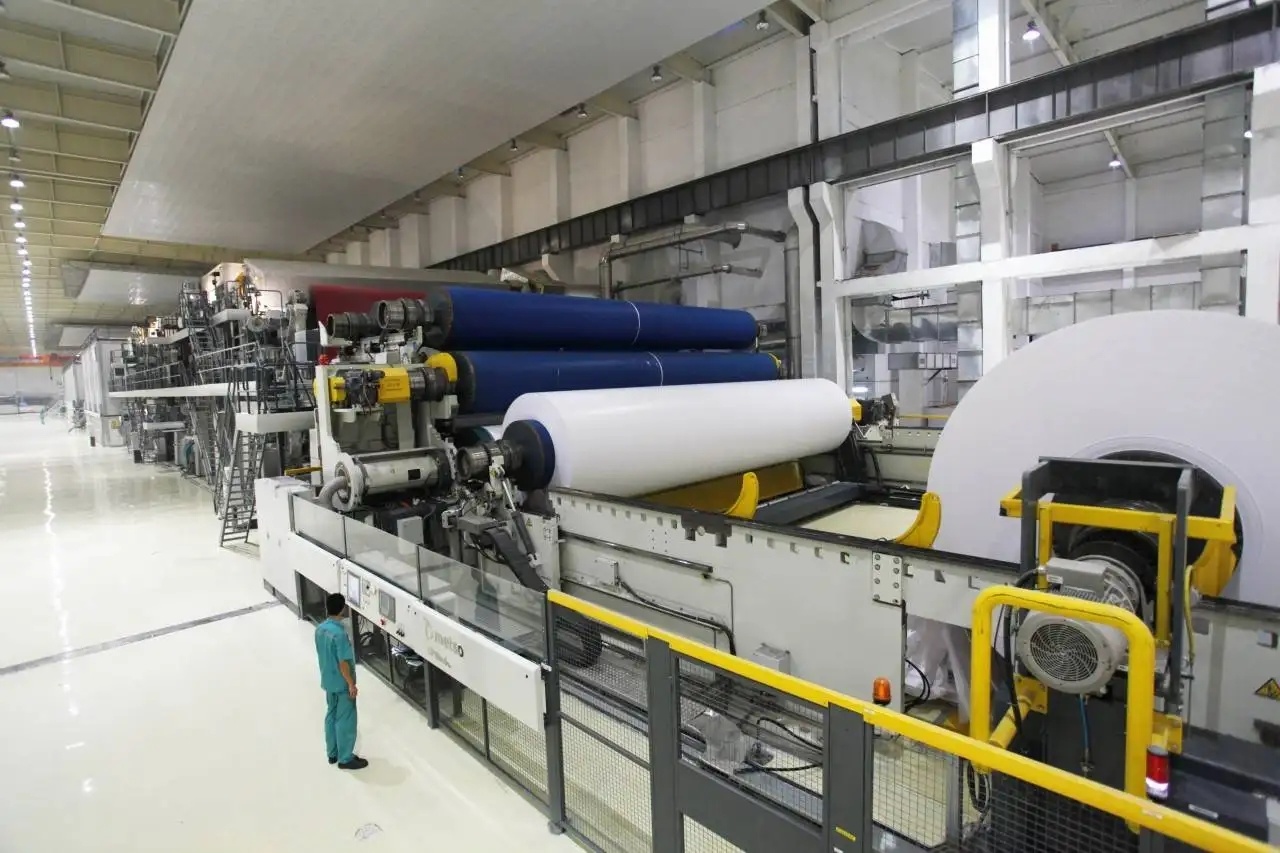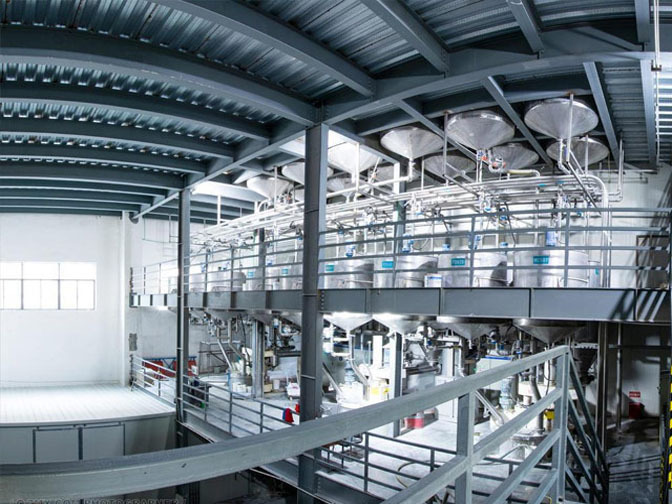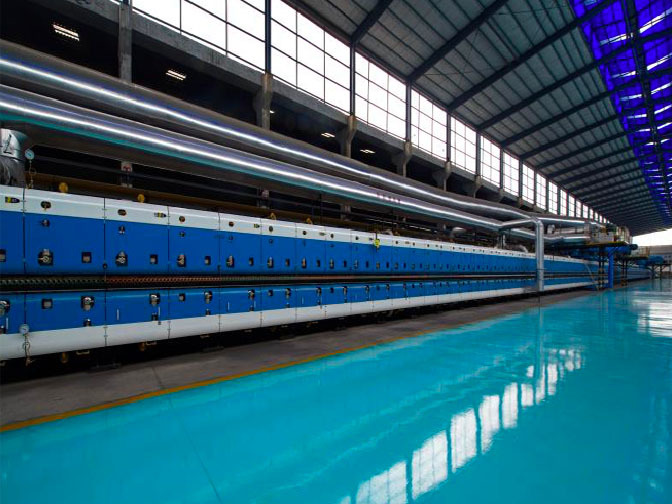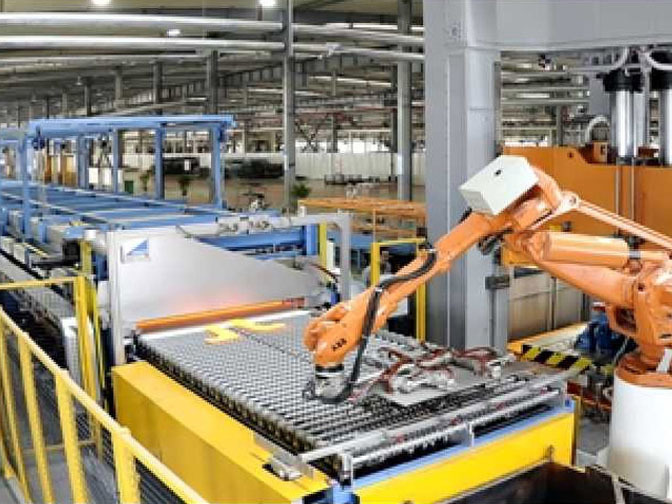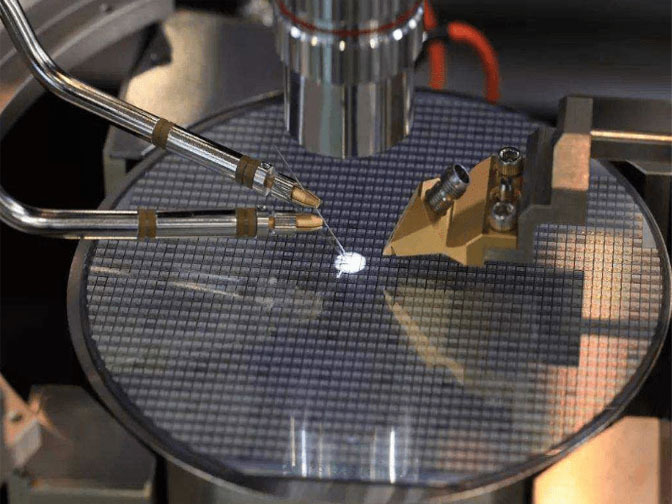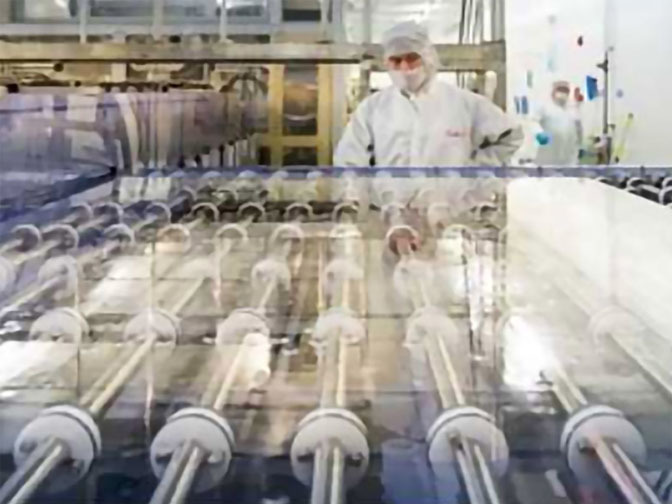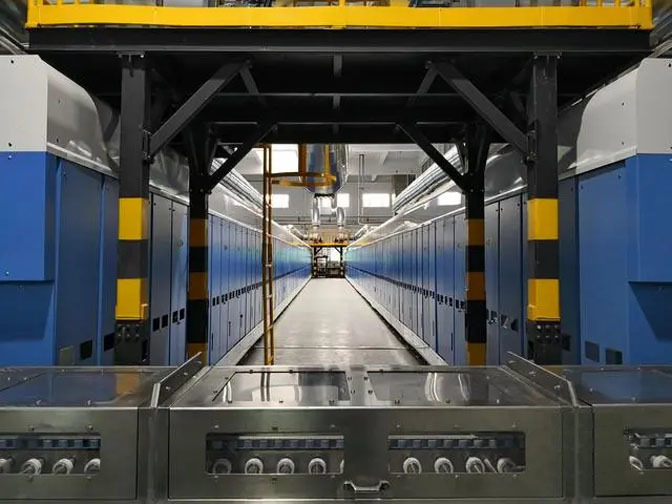Electronics, semiconductors
Silicon carbide ceramic materials have a thermal expansion coefficient that matches silicon, are wear-resistant, chemically resistant, lightweight, have a high elastic modulus, and possess good specific stiffness and optical processing performance, making them particularly suitable for precision ceramic structural components used in semiconductor equipment. Such components include silicon carbide porous vacuum suction cups, silicon carbide bump suction cups, silicon carbide polishing discs and carrier discs, silicon carbide robotic arms, crystal boats, silicon carbide guide rails, and brackets. Furnace tubes, cantilever paddles, crystal boats, etc. are used in wafer diffusion furnaces.
Semiconductor equipment requires a large number of precision ceramic parts. Due to the advantages of ceramics such as high hardness, high elastic modulus, high wear resistance, high insulation, corrosion resistance, and low expansion, they can be used as components in silicon wafer polishing machines, thermal treatment equipment such as epitaxy/oxidation/diffusion, photolithography machines, deposition equipment, semiconductor etching equipment, ion implantation machines, and other devices. Semiconductor ceramics include alumina, silicon nitride, aluminum nitride, silicon carbide, etc. In semiconductor equipment, the value of precision ceramics accounts for about 16%.
Silicon carbide ceramics (SiC) have high thermal conductivity, high-temperature mechanical strength, high rigidity, low thermal expansion coefficient, good thermal uniformity, corrosion resistance, and wear resistance. Silicon carbide can maintain good strength at extreme temperatures of up to 1400°C. Grinding discs made of silicon carbide ceramics have low wear due to their high hardness, and their thermal expansion coefficient is basically the same as that of silicon wafers, allowing for high-speed grinding and polishing.
During silicon wafer production, high-temperature heat treatment is required, and silicon carbide fixtures are commonly used for transportation. They are heat-resistant and non-damaging, and can be coated with diamond-like carbon (DLC) and other coatings to enhance performance, mitigate wafer damage, and prevent contamination diffusion. In addition, silicon carbide ceramics can also be applied in XY platforms, bases, focusing rings, polishing plates, wafer chucks, vacuum suction cups, handling arms, furnace tubes, crystal boats, cantilever paddles, etc.
Clearly, advanced ceramics play an important role as key component materials in semiconductor equipment manufacturing. For China's semiconductor industry to achieve high-quality development, it must first address the bottleneck issues in semiconductor manufacturing equipment from the perspective of precision ceramic components, fundamentally promoting the development of China's semiconductor industry.
Diffusion furnaces are one of the important process equipment in the front-end processes of semiconductor production lines, used for diffusion, oxidation, annealing, alloying, and sintering processes in industries such as large-scale integrated circuits, discrete devices, power electronics, optoelectronic devices, and optical fibers.
The main purpose of the diffusion process is to dope semiconductor wafers under high-temperature conditions, that is, to diffuse elements such as phosphorus and boron into silicon wafers, thereby changing and controlling the type, concentration, and distribution of impurities within the semiconductor to establish different electrical characteristic regions.
The latest low-pressure phosphorus diffusion utilizes a low-pressure atmosphere to achieve better square resistance uniformity and larger production batches, while minimizing environmental impact.
The oxidation process involves the reaction of the silicon wafer surface with an oxidizing agent at high temperatures to grow a layer of silicon dioxide film.
Oxidation methods include dry oxygen and wet oxygen, with wet oxygen including steam oxidation and hydrogen oxidation synthesis.
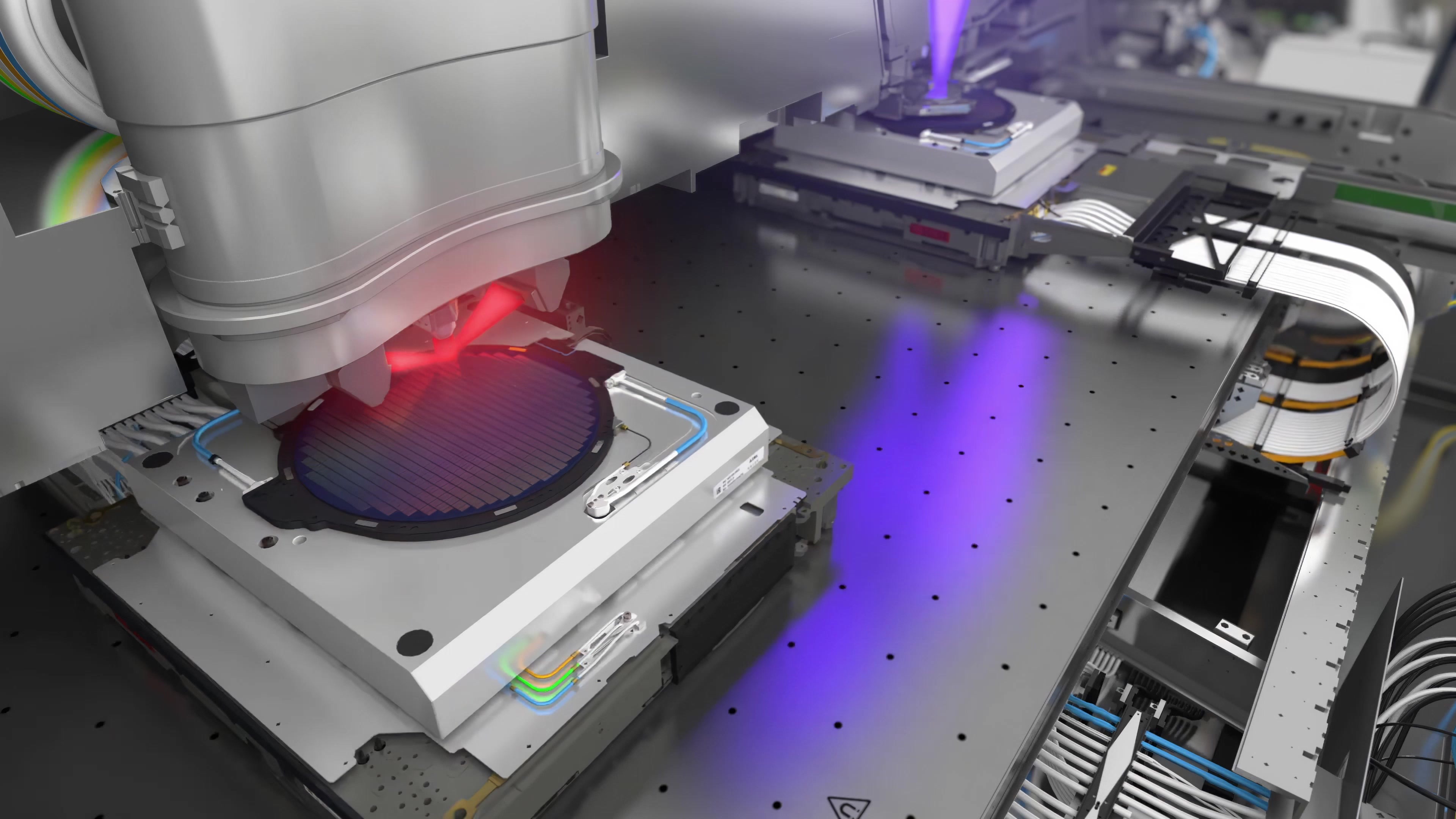
Electronics, semiconductors
Silicon carbide ceramic materials have a thermal expansion coefficient that matches silicon, are wear-resistant, chemically resistant, lightweight, have a high elastic modulus, and possess good specific stiffness and optical processing performance, making them particularly suitable for precision ceramic structural components used in semiconductor equipment. Such components include silicon carbide porous vacuum suction cups, silicon carbide bump suction cups, silicon carbide polishing discs and carrier discs, silicon carbide robotic arms, crystal boats, silicon carbide guide rails, and brackets. Furnace tubes, cantilever paddles, crystal boats, etc. are used in wafer diffusion furnaces.
Semiconductor equipment requires a large number of precision ceramic parts. Due to the advantages of ceramics such as high hardness, high elastic modulus, high wear resistance, high insulation, corrosion resistance, and low expansion, they can be used as components in silicon wafer polishing machines, thermal treatment equipment such as epitaxy/oxidation/diffusion, photolithography machines, deposition equipment, semiconductor etching equipment, ion implantation machines, and other devices. Semiconductor ceramics include alumina, silicon nitride, aluminum nitride, silicon carbide, etc. In semiconductor equipment, the value of precision ceramics accounts for about 16%.
Silicon carbide ceramics (SiC) have high thermal conductivity, high-temperature mechanical strength, high rigidity, low thermal expansion coefficient, good thermal uniformity, corrosion resistance, and wear resistance. Silicon carbide can maintain good strength at extreme temperatures of up to 1400°C. Grinding discs made of silicon carbide ceramics have low wear due to their high hardness, and their thermal expansion coefficient is basically the same as that of silicon wafers, allowing for high-speed grinding and polishing.
During silicon wafer production, high-temperature heat treatment is required, and silicon carbide fixtures are commonly used for transportation. They are heat-resistant and non-damaging, and can be coated with diamond-like carbon (DLC) and other coatings to enhance performance, mitigate wafer damage, and prevent contamination diffusion. In addition, silicon carbide ceramics can also be applied in XY platforms, bases, focusing rings, polishing plates, wafer chucks, vacuum suction cups, handling arms, furnace tubes, crystal boats, cantilever paddles, etc.
Clearly, advanced ceramics play an important role as key component materials in semiconductor equipment manufacturing. For China's semiconductor industry to achieve high-quality development, it must first address the bottleneck issues in semiconductor manufacturing equipment from the perspective of precision ceramic components, fundamentally promoting the development of China's semiconductor industry.
Diffusion furnaces are one of the important process equipment in the front-end processes of semiconductor production lines, used for diffusion, oxidation, annealing, alloying, and sintering processes in industries such as large-scale integrated circuits, discrete devices, power electronics, optoelectronic devices, and optical fibers.
The main purpose of the diffusion process is to dope semiconductor wafers under high-temperature conditions, that is, to diffuse elements such as phosphorus and boron into silicon wafers, thereby changing and controlling the type, concentration, and distribution of impurities within the semiconductor to establish different electrical characteristic regions.
The latest low-pressure phosphorus diffusion utilizes a low-pressure atmosphere to achieve better square resistance uniformity and larger production batches, while minimizing environmental impact.
The oxidation process involves the reaction of the silicon wafer surface with an oxidizing agent at high temperatures to grow a layer of silicon dioxide film.
Oxidation methods include dry oxygen and wet oxygen, with wet oxygen including steam oxidation and hydrogen oxidation synthesis.





